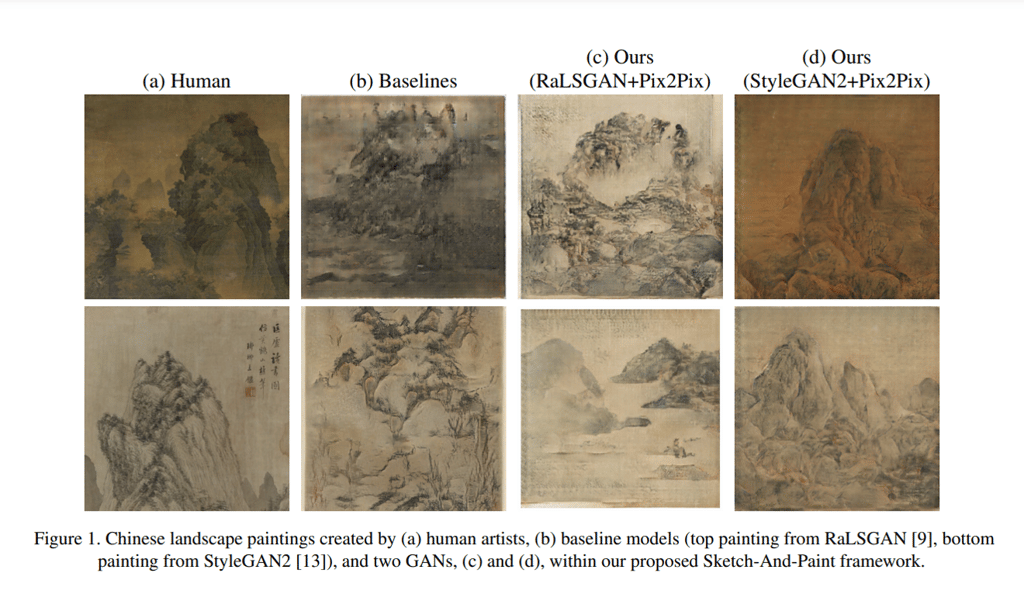AI paintings of Chinese landscapes pass as human-made 55 per cent of the time, research by Princeton student shows
- An AI algorithm that creates Chinese landscape paintings was shown to fool human evaluators 55 per cent of the time, beating other AI art
- The algorithm was trained on nearly 2,200 high-quality Chinese paintings, but its own art was made from original sketches

As part of her undergraduate research, Alice Xue studied whether a machine could pass a Visual Turing Test by producing images that people cannot tell were made by a machine. Xue trained an algorithm using 2,192 traditional Chinese landscape paintings collected from art museums. The resulting AI-generated paintings were mistaken for being made by humans 55 per cent of the time.
Xue graduated earlier this year, but the research was just made public in November when published on the online scientific paper repository arXiv. It was first reported in the AI industry publication Synced this week.
The AI algorithm produced the artwork using a machine learning framework model called Generative Adversarial Networks (GANs). GANs have previously been used for turning photographs into paintings and creating other types of art, some of which have even been sold at auction.

One AI-generated painting from the French art collective Obvious sold for US$432,500 at a Christie’s auction in 2018. Like Xue’s AI-generated art, that painting of a man with blurred, indistinguishable facial features was generated by an algorithm trained on thousands of other paintings. In this case, it was fed 15,000 portraits from between the 14th and 20th centuries.